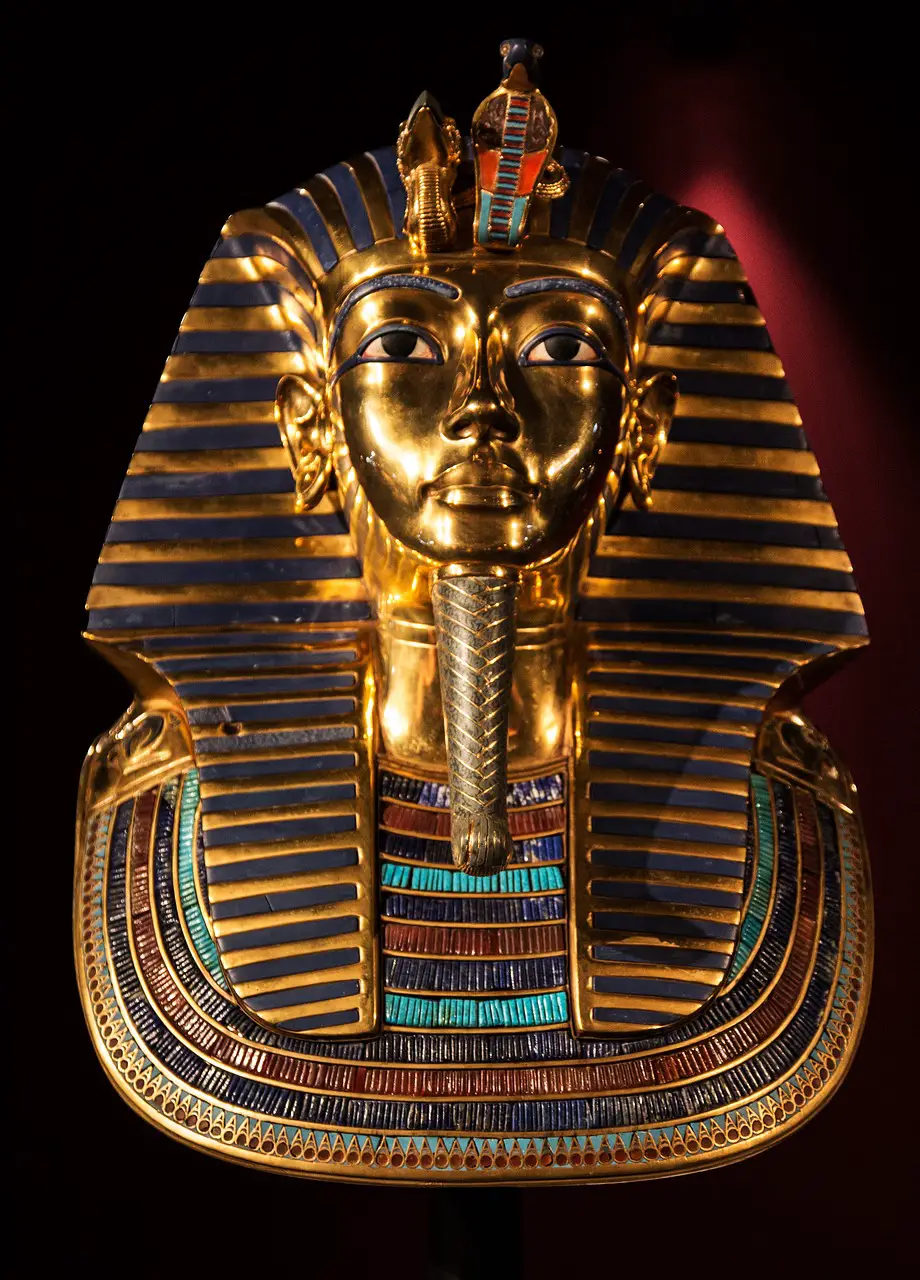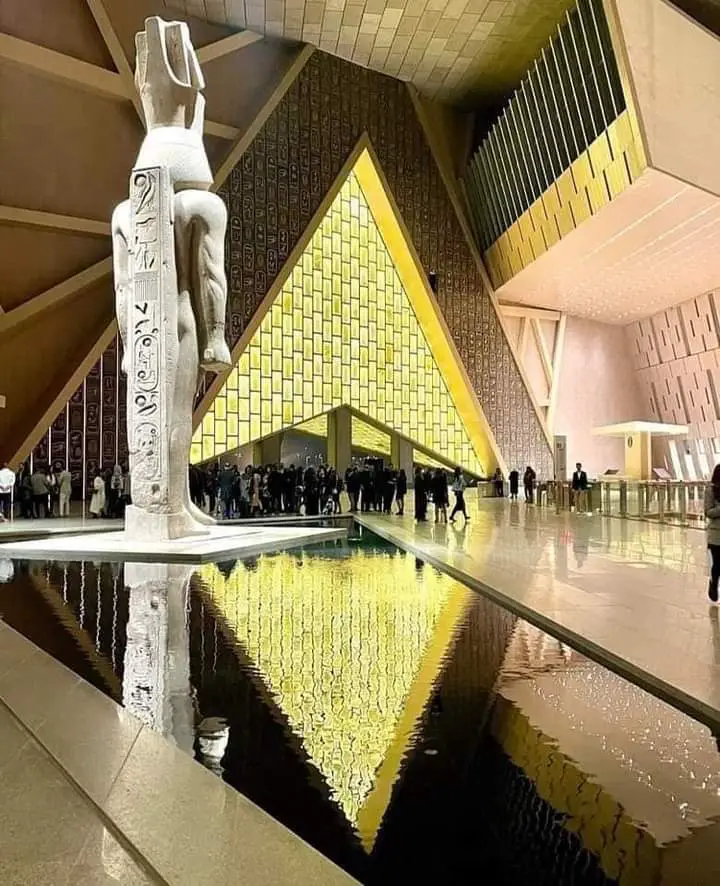
King Tutankhamun, better known as King Tut, was an Egyptian pharaoh of the New Kingdom who ruled from 1332 to 1323 BC. Despite his relatively short reign, King Tutankhamun remains one of the most famous and intriguing figures in ancient Egyptian history. He is best known for the discovery of his tomb, which contained an incredible array of treasures that shed new light on the ancient civilization. However, the mystery surrounding his death and the curse of his tomb have also captivated the public’s imagination.
Table of Contents
When Was King Tut Discovered?
King Tutankhamun’s tomb was discovered on November 4, 1922, by British archaeologist Howard Carter. The discovery of King Tut’s tomb was a significant event in the history of archaeology, as it was the first time that a nearly intact tomb of an ancient Egyptian pharaoh had been found. The discovery of the tomb and its treasures gave archaeologists and historians a rare glimpse into the life and culture of ancient Egypt and sparked a renewed interest in the study of ancient Egyptian history.
However, the most significant discovery was the king’s mummified remains, which were still in their sarcophagus. The tomb also contained several rooms filled with thousands of other artifacts, such as chariots, statues, and even food and wine. The discovery was one of the most significant archaeological finds in history and remains so to this day.
The Curse Of King Tut’s Tomb
One of the most enduring myths surrounding King Tut’s tomb is the curse that allegedly afflicted those who disturbed it. According to legend, a curse was placed on the tomb to protect it from those who would defile it. Supposedly, anyone who entered the tomb would be cursed with bad luck or even death.
In reality, there is no evidence to support the existence of a curse, and most of the people associated with the discovery of the tomb lived long and healthy lives. However, the curse became part of the popular mythos surrounding the discovery of the tomb and has continued to capture the public’s imagination to this day.
King Tut’s Legacy: The Artifacts
The discovery of King Tut’s tomb was not just significant because of the treasures found inside. It also provided a wealth of new information about ancient Egyptian culture and history. Some of the most significant artifacts found in the tomb include the king’s throne, his golden mask, and his sarcophagus.
Other notable treasures include the famous gilded chariot, the golden shrine, and the beautiful jewelry found in the tomb. These artifacts helped historians understand the power and wealth of the ancient Egyptian pharaohs and provided insight into their religious beliefs and daily life.
Where Is King Tutankhamun Now?
The tomb of King Tutankhamun and his mummy are now in a new location in the Valley of the Kings, near Luxor in southern Egypt, they remain there since 2009. The tomb is still open to the public, although visitors are restricted to a limited area to ensure the preservation of the artifacts.
The tomb was constructed during the New Kingdom period, which lasted from around 1550 to 1070 BCE, where the young king rested after his death.
The Egyptian government has taken several steps, to help preserve the tomb and its treasures. In the 1990s, a major conservation project was launched to restore and protect the tomb. The walls and ceilings were cleaned, and a new ventilation system was installed to help control the temperature and humidity inside the tomb.
In addition to these efforts, the Egyptian government has also taken steps to relocate some of the treasures found in King Tut’s tomb to a new home at the Grand Egyptian Museum.
The Impact Of The Grand Egyptian Museum On Tourism

The opening of the Grand Egyptian Museum is expected to have a major impact on tourism in Egypt. The country has been working to rebuild its tourism industry following the unrest that occurred in the wake of the Arab Spring. The museum is seen as a major draw for tourists, and it is hoped that it will help to bring visitors back to the country.
The Grand Egyptian Museum is not only an important cultural institution but also a symbol of Egypt’s resilience and determination to preserve its rich history. It is a testament to the enduring legacy of King Tutankhamun and the ancient Egyptian civilization he ruled over.
The museum will house artifacts from all periods of ancient Egyptian history, but one of the main attractions will be the display of King Tutankhamun’s treasures.
Conclusion
In conclusion, King Tutankhamun remains one of the most fascinating figures in ancient Egyptian history. His tomb and the treasures found inside have captivated the world for nearly a century. Despite the passage of time and the challenges posed by tourism and preservation, King Tut’s legacy lives on.
The ongoing efforts to preserve his tomb and artifacts, as well as the construction of the Grand Egyptian Museum, demonstrate Egypt’s commitment to protecting its cultural heritage and sharing it with the world. As long as people continue to be fascinated by the mysteries of the ancient world, King Tutankhamun and his reign will continue to capture our imagination and inspire us to learn more about the past.